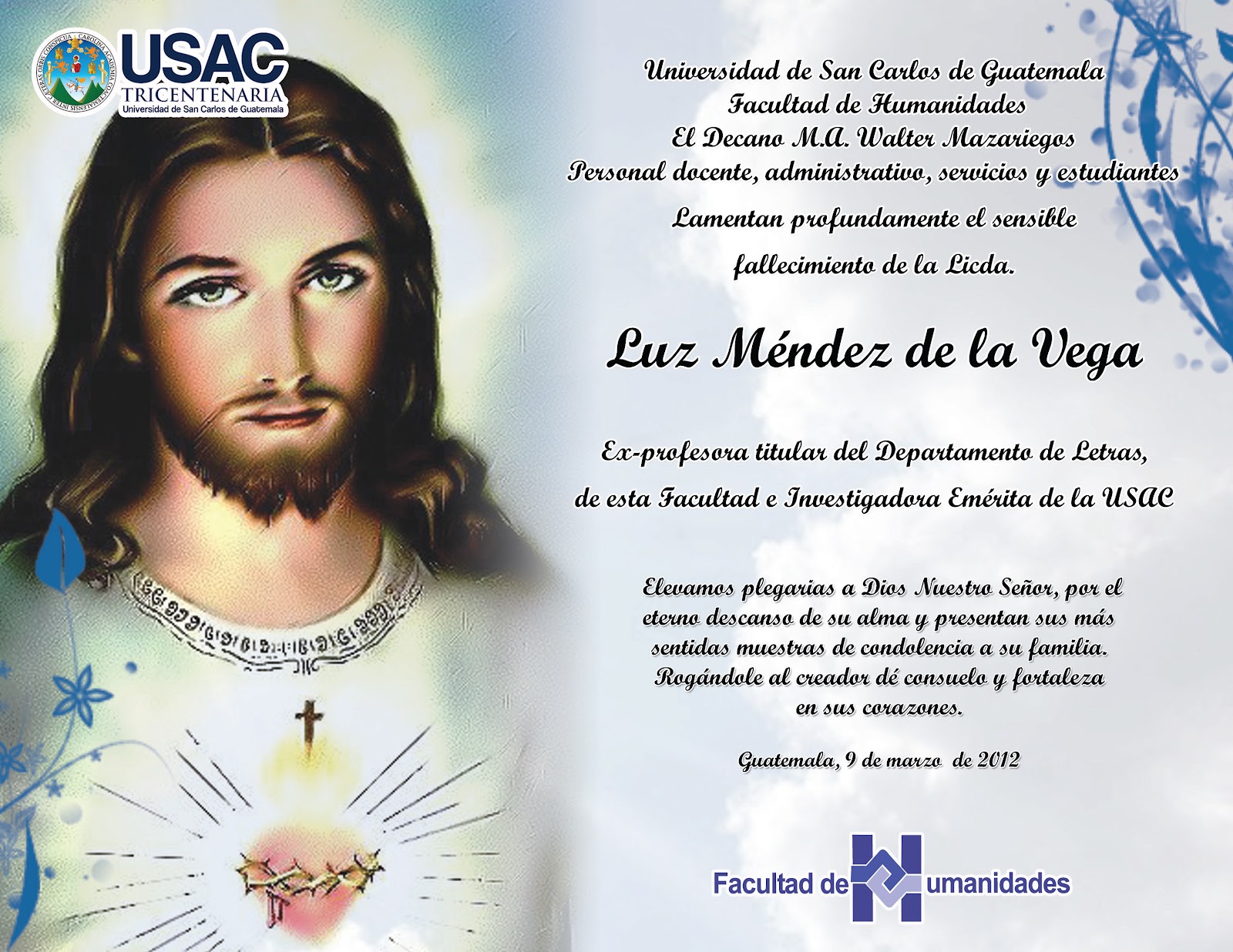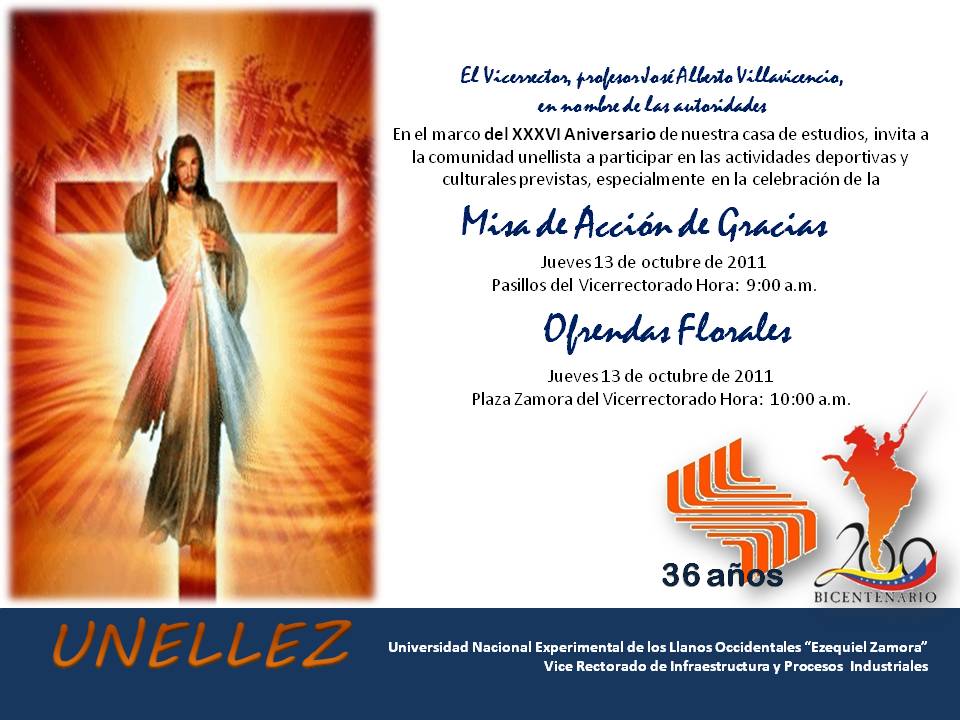Memorial Mass Invitations: A Guide to Honoring Loved Ones
Losing a loved one is a deeply emotional experience, and commemorating their life through a memorial mass is a significant way to honor their memory. An essential aspect of planning this memorial service is extending invitations to family, friends, and community members to join in remembrance and prayer. This guide will explore the tradition and practical aspects of creating and distributing these invitations, often referred to as "invitaciones a misa de difunto" in Spanish-speaking cultures.
The practice of inviting people to a memorial mass, a service dedicated to the deceased, has deep roots in religious traditions, particularly Catholicism. These services offer a space for communal grieving, spiritual reflection, and prayerful support for the departed soul. The invitations themselves serve not just as logistical notifications but as tangible symbols of remembrance and respect.
Historically, these invitations were often hand-delivered, signifying the personal importance of the event. With changing times, methods have evolved to include postal mail, email, and even social media platforms. However, the core purpose remains the same: to gather a community to celebrate the life of the deceased and offer solace to those grieving.
A thoughtfully crafted invitation provides crucial details, including the date, time, and location of the mass. It might also include information about a reception or gathering following the service, offering a space for shared memories and support. Additionally, incorporating a photo or a brief, meaningful quote from the deceased can add a personal touch.
Navigating the sensitivities surrounding loss requires careful consideration of the wording and tone of the invitation. While traditions vary, the language should be respectful, informative, and reflective of the individual's life and beliefs. This guide will offer examples and suggestions to help create invitations that are both appropriate and meaningful.
The importance of these invitations goes beyond mere logistics. They serve as an important part of the grieving process, helping to bring people together in a time of sorrow. They provide a tangible connection to the deceased and a way for loved ones to express their condolences and support.
A simple example of wording for a memorial mass invitation might be: "Join us for a Mass in loving memory of [Deceased's Name] at [Church Name] on [Date] at [Time]. A reception will follow at [Location]."
One benefit of sending formal invitations is clarity and organization. They help ensure all necessary information is communicated effectively. Another benefit is that they provide a tangible keepsake for attendees, a reminder of the service and the person being honored. Lastly, formal invitations demonstrate respect for the deceased and the solemnity of the occasion.
Advantages and Disadvantages of Different Invitation Methods
| Method | Advantages | Disadvantages |
|---|---|---|
| Postal Mail | Formal, tangible | Time-consuming, cost of postage |
| Fast, cost-effective | Less personal, risk of being overlooked |
Best Practices:
1. Send invitations at least two weeks in advance.
2. Proofread carefully for accuracy.
3. Use clear and concise language.
4. Consider including a photo or meaningful quote.
5. Respect religious and cultural customs.
FAQ:
1. What information should be included? (Date, time, location, reception details)
2. When should invitations be sent? (At least two weeks prior)
3. How should wording be handled? (Respectful, informative)
4. Is a photo appropriate? (Optional, but can add a personal touch)
5. What about online invitations? (Acceptable, especially for wider reach)
6. How can I personalize the invitation? (Photos, quotes, anecdotes)
7. What if I don't have everyone's address? (Utilize social networks or phone calls)
8. Should I include RSVP information? (Consider the size and complexity of the expected gathering)
Tips and Tricks: Use online templates to design your invitations. Consult with your religious leader for guidance on wording and traditions. Consider creating a memorial website for sharing information and memories.
In conclusion, memorial mass invitations, or "invitaciones a misa de difunto," are a crucial element in honoring the life of a loved one and offering support to those grieving. From their historical significance to the practical considerations of wording and distribution, these invitations play a vital role in bringing a community together in remembrance. By thoughtfully crafting and sending these invitations, we offer a tangible expression of respect, love, and support during a challenging time. Take the time to personalize them, ensure accuracy, and distribute them thoughtfully. By doing so, you create a meaningful invitation that reflects the life and legacy of the departed, allowing others to join in celebrating their memory and offering comfort to those left behind. Remember, these invitations serve not just as logistical notifications, but as symbols of remembrance, respect, and shared grief, facilitating a crucial step in the healing process for all involved.
Winterizing your outboard fogging your engine the ultimate guide with videos
Mens arm band tattoos a powerful statement
The enduring appeal of gangster chicano old english font














